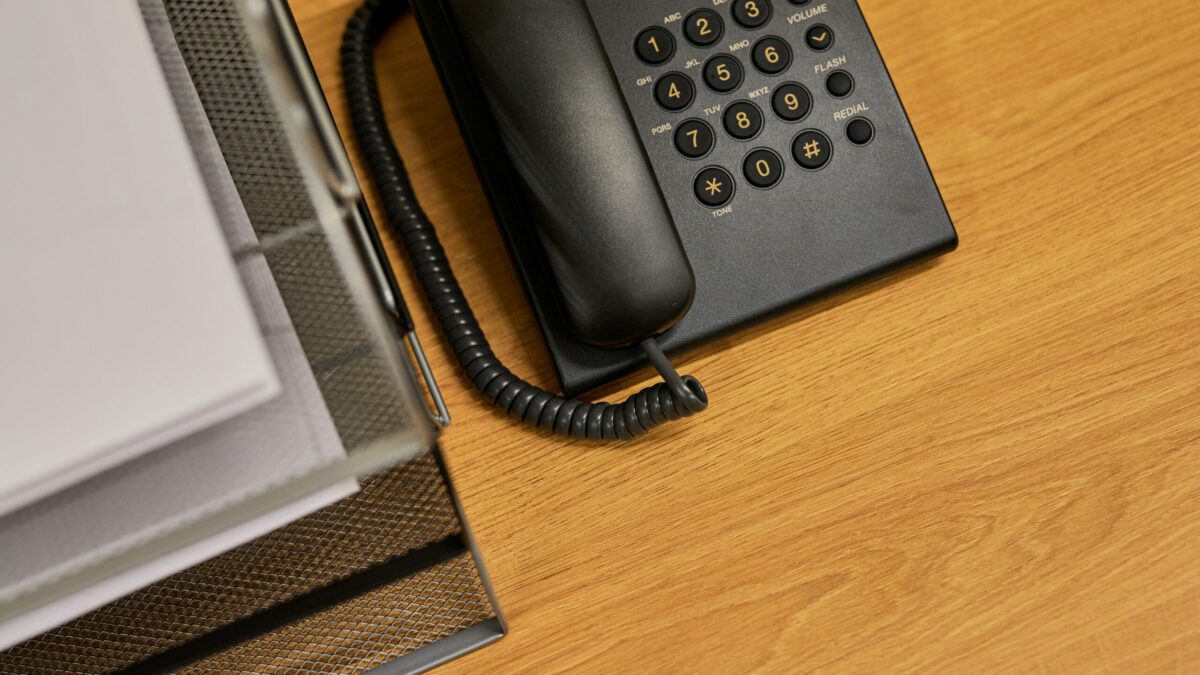Back in the day (before Alexander Graham Bell invented the telephone), phone numbers used to be letters. These letters spelled out words that represented an exchange and subscriber number.

This format was more accessible to remember than a sequence of numbers. And it was also immaculate!
Numbers with extra digits.
When it comes to phone numbers, there are a lot of possible ways to arrange the digits. But what if there were extra digits at the beginning? Would that create a problem?
One way to solve this is by converting the digits into words. This is done by determining how many times the digit repeats, and then combining the word with the number that corresponds to that number. This method proves particularly useful when dealing with phone numbers in letters.
It can be a fun way to discover what your phone number spells. It can also help create mnemonics to help you remember your phone number. This process can benefit those with country codes or extra digits in their cell phones. Remembering long sequences of digits can be difficult, but words are more accessible.
Numbers with country codes.
If you write telephone numbers, use a non-breaking space (or the Unicode entity) to separate chunks of digits in the number. This ensures that line breaks won’t split up the digits, making it easier to read.
Some people write phone numbers as a combination of letters, names, acronyms, or abbreviations. These are phone words and can be more accessible to remember than a meaningless sequence of numbers.
Periods save space but may make a number look clunky or unprofessional. They also take up more vertical space than a dash or parentheses. This can cause problems for those who are visually impaired or have limited screen height. Also, periods make the digits close together and reduce their readability.
This is a bad design decision.
Numbers with odd combinations of letters.
Initially, there were no restrictions on the number of letters that could be used in a phone number. Some numbers were even capitalized with two letters. Others were given a three-letter central office name.
These are still in use, but they’re only sometimes dialed. Instead, digits are assigned to sounds based on the Major System.
Playing with different patterns and arrangements can be entertaining, even though this can result in strange combinations that might not produce actual words or memorable mnemonics. Experimenting with country codes and extra digits can also reveal exciting combinations. These can be used to create unique and memorable phone numbers. These will help stand out among the crowd, especially those using vanity phone numbers.
Numbers with abbreviations.
A good number of words have more than one spelling. This is especially true in English, where the letters F and U map to different sounds, and S and T are distinct. In such a case, the number is encoded by the consonant sound that matches the word’s pronunciation.
Simplifying a text can make it unique, attention-grabbing, or even clean and professional. However, it can also degrade readability. Using periods to replace parentheses and dashes removes their ability to visually separate phone number segments, making the number more challenging, more accessible to digest, and more memorable. Similarly, hyphens take up much more space than periods. Use them sparingly.
Numbers with mnemonics.
Several tools allow individuals to discover what their phone numbers spell by exploring odd combinations of digits and letters. These tools can also uncover interesting mnemonics that help businesses and customers remember their contact details.
Many people find it easier to remember words than numbers, so many businesses try to get numbers corresponding to a word. This process is known as a coding mnemonic. This mnemonic involves converting digits into consonant sounds and creating a memorable mnemonic image.
Leave a Reply